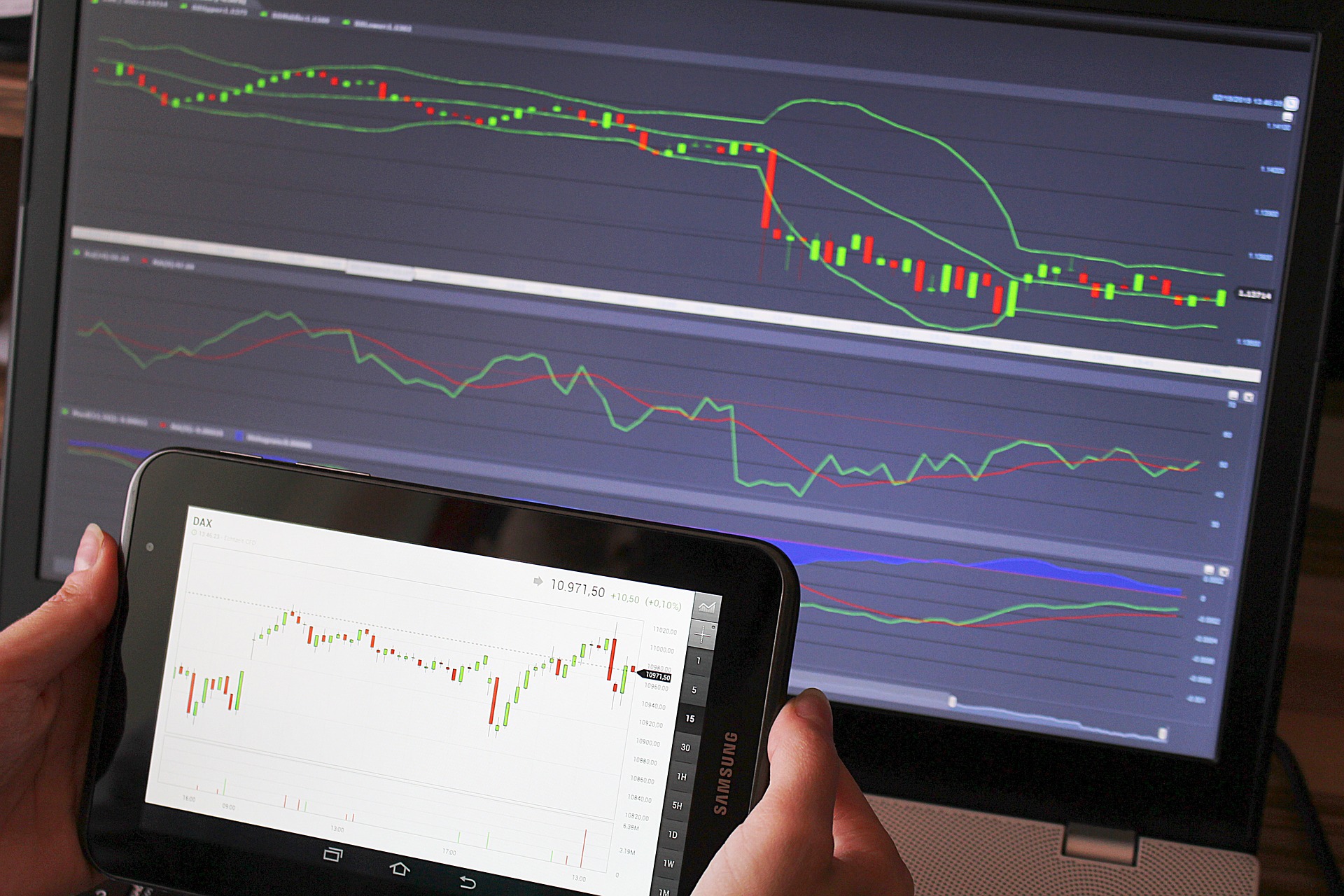Have you ever considered getting into the world of trading CFDs? If so, this blog post is for you. We’ll provide a beginners guide to trading CFDs and discuss some basics that you need to know before getting started. So, whether you’re a complete beginner or just looking for a refresher course, read on for everything you need to know about CFD trading.
What are CFDs, and how do they work?
CFDs are derivative products that allow you to trade on the price movements of underlying assets. Unlike other forms of investment, with CFDs, you can go long or short on an asset, meaning you can profit from both rising and falling markets. When you trade CFDs, you don’t own the underlying asset, but you are exposed to it.
A CFD works by opening a contract with a broker that agrees to pay you the difference between the current value of an asset and its value at the end of the contract. For example, let’s say that you think the price of gold will rise over the next month. You could open a gold CFD by entering into a contract with a broker that agrees to pay you the difference in the price of gold at the end of the month, minus the price when you opened the contract.
CFDs are traded on margin, meaning that you only need to put down a small deposit – known as a margin – to gain exposure to the total value of an asset. It can magnify your profits and losses, so it’s essential to understand how leverage works before trading CFDs.
What assets can I trade CFDs on?
You can trade CFDs on many underlying assets, including shares, indices, forex, commodities, and cryptocurrencies. It means plenty of profit opportunities, no matter the market conditions.
What are the benefits of trading CFDs?
Firstly, you can trade on both rising and falling markets, as we’ve mentioned. It means that you don’t have to wait for prices to go up before you can start making money – you can also profit from a falling market.
Another benefit of CFDs is that they can be used as a hedging tool. If you have an existing investment portfolio, you can use CFDs to protect it from losses if the markets take a turn for the worse. CFDs are also a very flexible way to trade. You can trade for as long or as short a period as you like, and you can trade in large or small amounts. It means that CFDs are suitable for both short-term and long-term trading strategies.
Lastly, CFDs are a very cost-effective way to trade. Unlike other investment forms, there are no stamp duty or commission fees to pay when you trade CFDs.
What are the risks of trading CFDs?
As with any form of investment, there are risks involved with trading CFDs. The most significant risk is that you can lose more money than you invest, which is why it’s so essential to understand leverage before you start trading.
Another risk is that CFDs are a highly volatile form of investment, and this means that prices can move very quickly, and you need to be prepared for this. It’s vital to have a solid risk management strategy in place before you start trading CFDs.
Lastly, it’s worth noting that the value of your investment can be affected by changes in the underlying asset. For example, if you’re holding a gold CFD and the price of gold falls, then your investment will lose value.
Tips for becoming a successful trader
If you’re thinking of becoming a CFD trader, you should bear a few things in mind. Firstly, make sure you understand how leverage works before starting trading, and it will help you minimise your risks and protect your capital.
The bottom line
CFDs are a popular and flexible way to trade in the financial markets. They can be used to trade on a wide range of underlying assets, and they offer the potential for both profits and losses. With a solid risk management strategy in place, you can maximise your chances of success.


Comments are closed